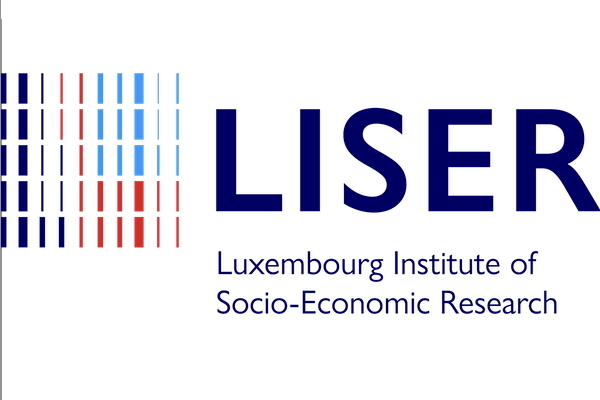
The Luxembourg Institute of Socio-Economic Research (LISER) has published its policy brief on the tax impact of immigration and its local-level effects.
The report, entitled “Immigration and Local Finances: Figures that Challenge Common Misconceptions” and written by Associate Professor of Economics at Georgetown University (Washington DC, US), Anna Maria Mayda, examined the impact of immigration on local government finances in the US and Italy.
The report detailed that immigration’s impact on local government finances is more nuanced than anticipated, being, on average, neutral in the United States (US) and positive in Italy, with national averages concealing significant differences, which largely depend on migrants’ skill levels and the specific characteristics of the regions concerned. The analysis provided valuable insights for re-establishing a fact-based public debate and discussing intermunicipal solidarity in countries with high levels of immigration, such as Luxembourg.
According to the study, the fiscal impact of immigration frequently fuels public debate and is often driven more by assumptions. The aim of the study is to bridge that gap by “offering empirical data on immigration’s actual effects on local public finances in both the United States and Italy” and to “distinguish between myth and fiscal reality”.
The findings of the report are as follows:
A Rigorous, Evidence-Based Approach
Rather than focusing solely on the labour market, the research explored how immigration affected local tax revenue (e.g. income and property taxes), local authority spending (e.g. on education, safety and public services) and overall budget balances. The analysis drew on highly detailed data gathered over nearly thirty years (1990 - 2019) from American counties and Italian municipalities. By examining variations linked to migrants’ skill levels, the study isolated immigration’s genuine fiscal effects.
Key Findings: Unexpected Realities
The findings challenge popular assumptions. In the US, immigration’s overall impact on local finances appears neutral. However, this average masks sharp contrasts: the arrival of low-skilled immigrants often leads to reduced tax income and lower public spending, whereas high-skilled immigrants tend to strengthen the tax base and drive up local spending. The contrast is particularly stark. In Presidio County (Texas, US), which hosts many low-skilled immigrants, per capita public spending dropped by 15%. In contrast, Monterey County (California, US), which attracted mainly skilled immigrants, saw a 14% increase.
Italy: A Positive Surprise
Italy’s results ran counter to expectations. Despite having a predominantly low-skilled immigrant population, municipalities there have seen improvements in their fiscal position due to immigration. This paradox can be explained by an unexpected tax effect: a rise in revenue from second homes, driven by immigrant demand for rented accommodation. While certain local costs - such as waste management and public transport - have risen, these increases have not caused budget deficits. Contrary to the prevailing narrative, immigration strengthened local finances in Italy during the study period.
Strong Messages to Inform the Public Debate
The study delivered strong messages for the public debate on immigration. Firstly, it demonstrated that immigration’s fiscal impact depends primarily on migrants’ qualifications and the local context in which they settle. On average, the effects are not harmful: they are neutral in the US and positive in Italy. More specifically, the Italian case suggested that well-designed redistribution of fiscal gains could allow all municipalities to benefit from immigration without creating losers. More broadly, the research called for a fact-based discussion that moves beyond fear and misinformation. The findings provide a robust foundation for shaping public policy on local taxation, intermunicipal solidarity, regional planning and migration management.








